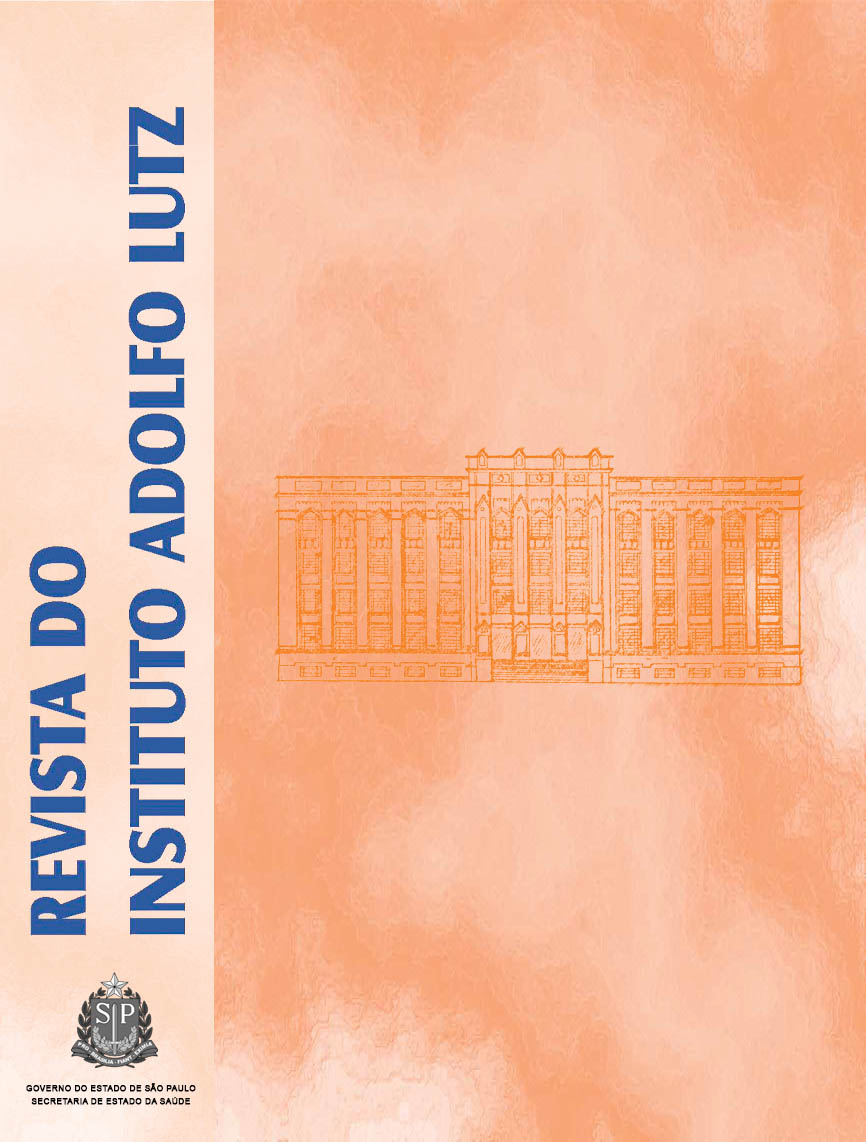Abstract
Goat milk has great importance for politics of food production in Northeast Brazil, which added to their recognized nutritional value, is taking part in the complementary feeding of children in this region. The objective of this study was to determine the concentration of retinol in goat milk and check its suitability as to the nutritional needs of children aged 7 to 36 months. Sixty-eight samples were collected from
animals with weight, age, lactation period and feeding like, from the semi-arid region of Rio Grande do
Norte, Brazil. The level of retinol in goat milk was obtained by High Performance Liquid Chromatography (HPLC) and their contribution to vitamin A intake was estimated using the recommendations for the age group concerned. It was found 38.5 ± 12.7 mg/100mL retinol in the milk of Saanen goats and 40.5 ± 9.6
mg/100mL Murciana race (p = 0.61), corresponding respectively to 45% and 66% of recommended intake for this nutrient. Thus, goat milk is considered a good source of vitamin A to children at this age, although in diet to include other food sources to meet your needs.
References
1. Ferreira IM. Quantification of non-protein nitrogen components of infant formulae and follow-up milks: comparison with cows’ and human milk. Br J Nut. 2003; 90(1):127-33.
2. Almeida-Muradian LB, Penteado MVC. Vitamina A. In: Penteado MVC. Vitaminas: aspectos nutricionais, bioquímicos, clínicos e analíticos 1 nd ed. São Paulo: Ed. Manole; 2003. p.55-72.
3. World Health Organization - WHO. Global prevalence of vitamin A deficiency in populations at risk 1995-2005. WHO Global Database on vitamin A deficiency. Geneve: WHO; 2009.
4. Brasil. Ministério da Saúde. Secretaria de Políticas de Saúde. Pesquisa Nacional de Demografia e Saúde da Criança e da Mulher. Brasília (DF); 2009.
5. Underwood B. Maternal vitamin A status and its importance in infancy and early childhood. Am J Clin Nutr. 1994;59:517S-524S.
6. Park YW, Juárez M, Ramos M, Haenlein GFW. Physico-chemical characteristics of goat and sheep milk. Small Ruminant Res. 2007;68(1-2):88-113.
7. Fisberg M, Nogueira M, Ferreira AMA, Fisberg RM. Aceitação e tolerância de leite de cabra em pré-escolares. Pediatr Mod. 1999;35(7):526-7.
8. Instituto Brasileiro de Geografia e Estatística – IBGE. Censo Agropecuário 2006. [acesso 2009 Mai 22]. Disponível em: [http:// www.ibge.gov.br].
9. Secretaria de Estado do Trabalho, da Habitação e da Assistência Social do Rio Grande do Norte - SETHAS. [acesso 2009 mai 27] Disponível em: [http://www.sethas.rn.gov.br/programasprojetos/ programaleite].
10. Giuliano AR, Neilson EM, Kelly BE. Simultaneous quantitation and separation of carotenoids and retinol in human milk by high-performance liquid chromatography. Meth Enzymol. 1992;213:391-9.
11. Nierenberg RD, Namm SL. A method for determining concentrations of retinol, tocopherol, and five carotenoids in human plasma and tissue samples. Am J Clin Nutr. 1992; 56: 417-26.
12. Brasil. Ministério da Saúde. Organização Pan-Americana de Saúde. Dez passos para uma alimentação saudável. Guia alimentar para crianças menores de dois anos. 1ª ed, Brasília, DF; 2002.
13. Institute of Medicine. Dietary reference intakes for vitamin A, vitamin K, arsenic, boron, chromium, copper, iodine, iron, manganese, molybdenum, nickel, silicon, vanadium, and zinc. Washington, DC: National Academy Press; 2001.
14. United States Department of Agriculture. National Nutrients Database for Standard Reference, 2004;Realease 16-1 [acesso 2004 Jul 20]. Disponível em: [http://www.nal.usda.gov/fnic/foodcomp/ cgi-bin/nut_search_new.pl].
15. Fox MK, Reidy K, Novak T, Ziegler P. Sources of energy and nutrients in the diets of infants and toddlers. J Am Diet Assoc. 2006;106:28S-42S.

This work is licensed under a Creative Commons Attribution 4.0 International License.
Copyright (c) 2010 Instituto Adolfo Lutz Journal
